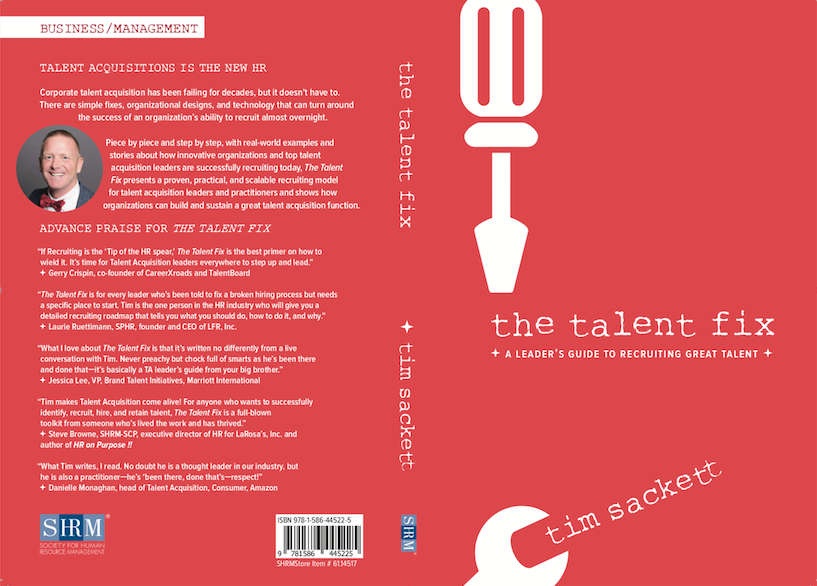Jeanne Meister, Forbes 2020 Workplace Columnist, and HR executive brought together this incredible team of great HR pros/minds and developed an entire curriculum around using Artificial Intelligence (AI) in every single aspect of HR! What Jeanne and the team know is that AI is currently the most misunderstood concept in human resources, but it has the ability to become the biggest advantage to HR leaders and pros over anything we’ve ever seen!
AI 4 HR is the one of its kind 5-week online course that will share the fundamentals of artificial intelligence and how 12 HR experts are using AI to completely re-imagine the employee experience. The course showcases specific use cases of how AI can and is already being used across HR for good in:
- Talent Acquisition
- Employee Onboarding
- Internal Talent Mobility (my #1 trend for 2020!)
- Learning and career development
- Performance Management (the single thing every manager needs!)
- Coaching
So, yeah, it’s an online, self-paced course of five modules that utilizes great video content from real HR pros/leaders from: IBM, Cisco, TIAA, Davita, GE, Schneider Electric, Hilton, Brigham Women’s Hospital, and more! So, pretty much every industry is represented with real-world case studies and actions. Jeanne made sure to get the SHRM/HRCI credits for you – 8 hours worth!
What I like about the design of this course is that it goes live on January 20 and runs through February 21. One new module released each week for five weeks. This kind of forces us to be a bit more ‘self-directed’ in getting the content done, unlike other self-directed courses. If you miss a week, you can definitely go back and catch up, but I like that the design of AI 4 HR is set up to get all of us to get it done in a timely way!
So, what’s the catch!
It does cost money. Turns out all good things do! The full fee for the course is currently $499 (about half that of one national conference) and if you use the super-secret Tim Sackett code: AINOW – you’ll get $100 off at registration making it $399 (when you check out, go to “Show Order Summary” and you can input the code!).
It’s a super deal for the content and learning around AI, and for the SHRM/HRCI credits. Go check out the site! I love that you’re hearing from actual real HR people who are using the tech and how they are using it, and not vendors, etc. There’s a big difference between what really happens in our organizations versus what vendors are telling us will happen, many times.
For those who go through this, please come back and comment and let the rest of the group know what you thought! I’m impressed with what is being presented, but I would love to get some feedback from others as well!

